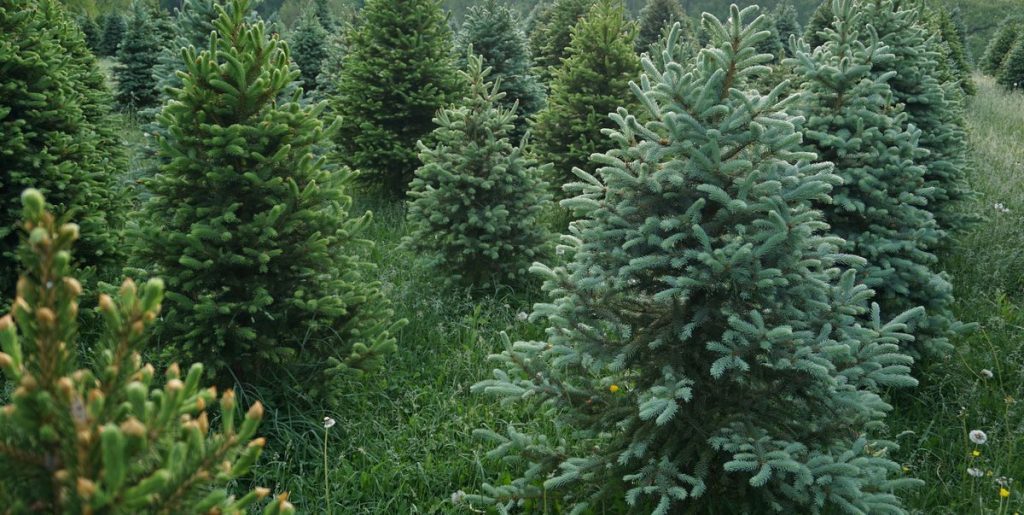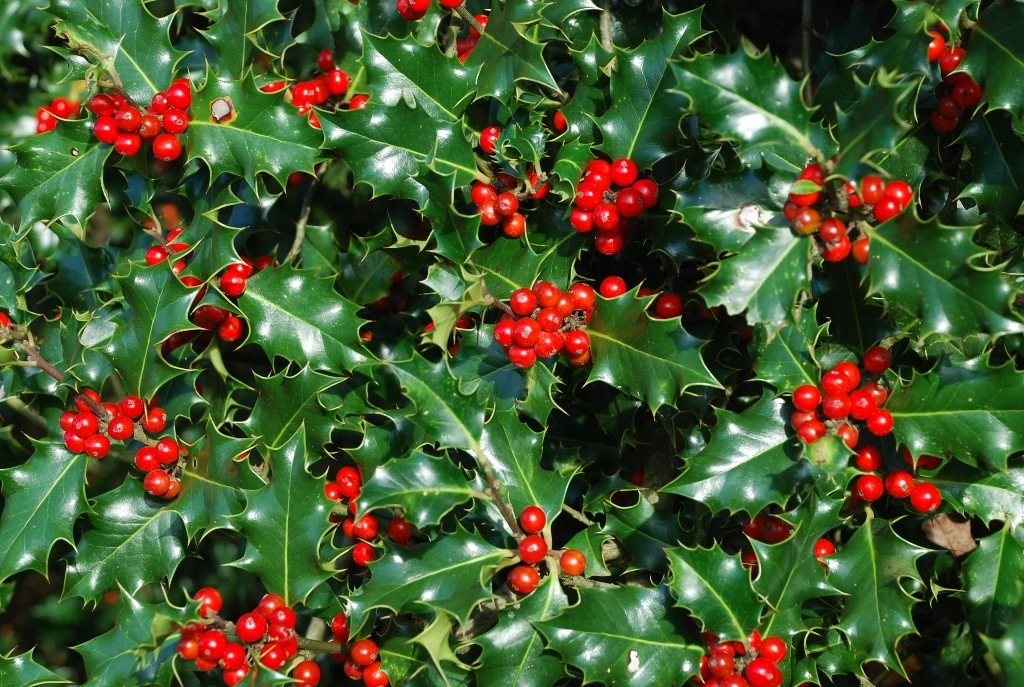The holiday season is a time to rejoice in all things Christmas and adorn our homes. However, because our gardens are dormant throughout the winter, many people will not seek their garden for inspiration, even if there are a number of plants that provide lovely decorations.
When it comes to Christmas decorations, most people think of things like tinsel, baubles and lights. But what if you want to get a bit more creative this year? Why not use natural elements from your garden? Here are 5 ideas to get you started.
1. Pine Cone Christmas Decorations
Pine cones are decorative, as well as functional, during the holiday season. Pine cones give your Christmas tree an outdoor feel and a rustic touch, but you may also decorate them to make them even more unique. They may be used to make Christmas decorations and crafts that last for years.
Attach a few to your wreaths or pile them in bowls with fairy lights and decorations. You may also create ‘budget baubles’ by spraying them in various colors, such as Red, Gold, and Green. They may also be used to craft little Christmas trees when they are sprayed Green.
Garland is an essential component of any winter decorating plan, whether it’s on the outside of your house or over your fireplace mantel.
To make a simple seasonal garland that looks great in any space, combine cranberries and pinecones. To complete the look, add eucalyptus leaves or foliage.

2. Fir
Save any unwanted branches that you’ve trimmed from the Christmas tree, many people make the error of throwing them away to balance it out. They’re worth something! The branches may be used to make decorations. Lopping off of other trees, such as Pine, Yew is an option as well.
Push small sections of Fir branches into an oasis to make a Christmas classic: Mini Christmas trees and other Christmas decorations. Tie bunches together with ribbon and hangs on doors and walls, or hammer small areas of fir needles into an oasis to create a popular holiday decoration.
Because they keep their leaves all year, evergreen trees are a popular kind of Christmas tree. There are many different types of fir trees, but they all have certain characteristics and appear in a distinct color and form.
The coniferous genus name Pinus is derived from the Latin word pinea, which means “pin” or “needle.” The family name Panaceas comes from the Greek words pines, which mean “fir tree,” and kaleo, which means “to plant.” Ancient Greeks used to believe that pine trees were brought forth by Zeus.

3. Mistletoe
This is one of the most popular Christmas decorations for as long as there have been Christmas decorations, and they are almost synonymous with the holiday season.
Mistletoe is a long-standing winter adornment that provides a splash of green to your house during an otherwise lifeless season, such as gray skies, leafless trees, and white coverings of snow.
If you live in an area that gets a lot of rain, you can plant it in a pot. It’s most often seen wild on trees, but if you’re fortunate enough to come upon some growing nearby, snip off some sprigs and tie them together into a bunch for hanging from doorways or around lights.

4. Ivy
Ivy is also a well-known Christmas ornament that may be found in many of our gardens. Remove any stray tendrils with tweezers before removing the excess from around a banister or hanging lengths of trailing ivy along a table using a florist’s wire.
Ivy has been used to decorate homes for thousands of years. Because ivy, like some hollies, maintained its color throughout the year, some people thought it had magical qualities and used it as home décor in the winter months.
The ivy vine, like the serpent and dragon, signified eternal life, rebirth, and the spring season. Because of its propensity to cling, the ivy plant was a symbol of marriage and friendship in some civilizations.
The basic principle of traditional Christmas decorations is to wind garlands and arrange them along the mantelpiece and window sills with baubles, bells, and other Christmas decorations.

5. Holly
The holly is a well-known Christmas plant and has long been associated with the winter season. During their winter solstice rituals, the early Europeans adorned themselves with holly.The winter solstice, which occurred in late December in the northern hemisphere, was the longest night of the year, and it marked the gradual lengthening of days and approaching spring — a cause for celebration.
Use short branches with berries on them to make Christmas decorations. They may also be used to decorate wreaths and garlands, as well as placing sprigs around candle stands and mantelpieces. Another option is to combine several small clusters together, for example, to hang with ribbons or attach to gift wrapping.

To Wrap Up
From ivy garlands to hazel and crab apple baubles, there are a plethora of interesting ideas for both the house and garden to adorn. If you know what you’re looking for and how to employ it, your garden may help make a very happy Christmas. With the pressure on to reduce use of plastic, replace tinsel with foraged materials that can be composted after and your house will have a more natural appearance while remaining festive and stylish.



